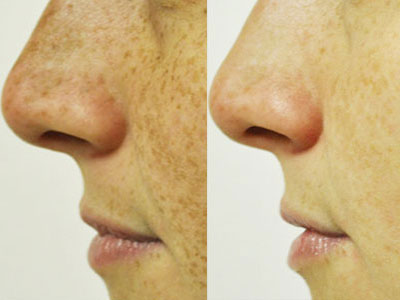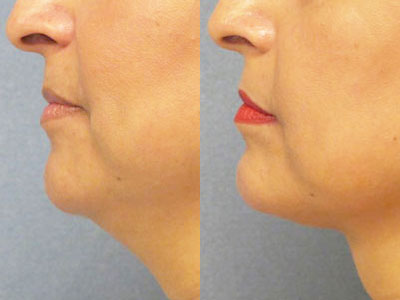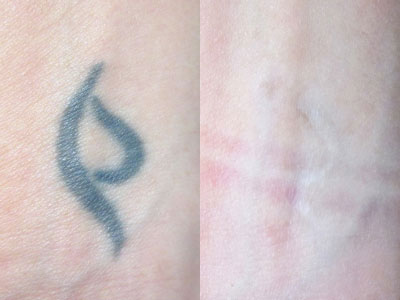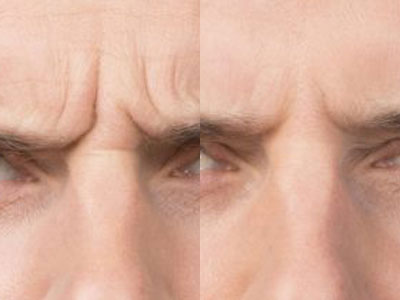Plasma IQ Pen
Offered at our convenient location in Portland, Oregon
The Plasma IQ Pen, also known as a fibroblast pen, is a non-invasive skin rejuvenating treatment that delivers controlled plasma energy to the surface of your skin.
This plasma energy causes a healing response within your dermis. Soon, proteins like collagen and elastin restore your dermis’s inner structure, tightening the skin, smoothing out wrinkles and fine lines, and freeing your complexion from benign skin lesions like skin tags, warts, and moles. With this new, advanced cosmetic procedure, you can see a refreshed, youthful bounce return to your skin. And this all starts at Bridgetown Aesthetics. The first step on this journey to a rejuvenated you is to schedule a personal consultation at our offices. To reach us directly, please call (503) 505-5288.
Contents
Treatable Conditions
Skin Laxity, Wrinkles, & Fine Lines
The Plasma Pen procedure is a non-surgical, effective treatment to contract and tighten the skin in targeted areas that stimulates new fibroblast cells which in turn produces more collagen. It is an ideal treatment for upper eyelid hooding, crow’s feet, fine lines and wrinkles or bags under the eyes, vertical “barcode” lip lines around the mouth and loose facial skin such as saggy jowls. Plasma Pen can be used to treat lines and wrinkles on the neck and chest. Studies show that while the skin tightens, the renewed collagen also treats the wrinkles in the target areas.
An Alternative to Eyelid Surgery
Studies show that the fibroblast pen treatment is a great non-surgical alternative to a conventional blepharoplasty, otherwise known as an eyelid lift.[5] When the plasma energy triggers an onslaught of newly formed collagen, the loose, excess skin around the eyes tightens. After several weeks, the loose skin will be tighter and firmer.
Neck and Chest Rejuvenation
Many patients come to Bridgetown Aesthetics with concerns about noticeable wrinkles on their neck or decolletage (chest area). Age doesn’t only just weather the skin on our face. Our neck and chest are also subject to wrinkles, excess skin, and fine lines. By applying the Plasma Pen to these areas, patients can see their skin tighten, reclaiming its youthful radiance.
People with darker skin color (African American, African, Latin, Native American, Indian, Middle Eastern, Asian ancestry and people of mixed ethnicities) are not good candidates for Plasma Pen as the risk of hyper or hypopigmentation is increased.
Preparation
To best prepare for your procedure, we recommend that you:
- Avoid topical serums such as retinol, topical antibiotics, exfoliants, and benzoyl peroxide for 48 hours before your treatment
- Avoid exposure to UV rays by sunlight or tanning beds 24 hours before the treatment
Procedure
We begin by applying a topical anesthetic to the target area(s). Once the topical has taken effect, we calibrate the pen to address your area(s) of concern and place it just above the skin. Without touching the skin, the pen’s tip emits thermal energy into the treatment area. This pulse of light is quick and bright.
Recovery
The treated area(s) will be red and swollen for a couple of days after your procedure; this is normal and no cause for alarm. The result of treatment is tiny scabs that look like small dots for about 5-8 days for the face and slightly longer for other body parts. The scabs (micro-injuries) are formed by plasma gas forming an electric arc when mixed with nitrogen and oxygen in the air. The result in 8-12 weeks post procedure is smoother, firmer, younger looking skin. As healing occurs and you build new collagen, you will be able to celebrate a younger, more radiant glow to your appearance!
References
- Oikarinen A. (1994). Aging of the skin connective tissue: how to measure the biochemical and mechanical properties of aging dermis. Photodermatology, photoimmunology & photomedicine, 10(2), 47–52. https://pubmed.ncbi.nlm.nih.gov/8043384/
- Quan T, Wang F, Shao Y, et al. Enhancing structural support of the dermal microenvironment activates fibroblasts, endothelial cells, and keratinocytes in aged human skin in vivo. J Invest Dermatol. 2013 Mar;133(3):658-667.
- Ganjoo A. Aging skin. In: Venkataram M, ed. ACS(I) Textbook on Cutaneous and Aesthetic Surgery. 1st ed. New Delhi, India: Jaypee Brothers Medical Publishers; 2012:545-549.
- Shuster S, Black MM, McVitie E. The influence of age and sex on skin thickness, skin collagen, and density. Br J Dermatol. 1975;93:639-643.
- Bahareh Abtahi-Naeini, & Mohsen Pourazizi. (2017, March 15). Plasma application in aesthetic medicine: Clinical and physical aspects. ResearchGate; PiscoMed Publishing Pte Ltd. https://www.researchgate.net/publication/315244576_Plasma_application_in_aesthetic_medicine_Clinical_and_physical_aspects







